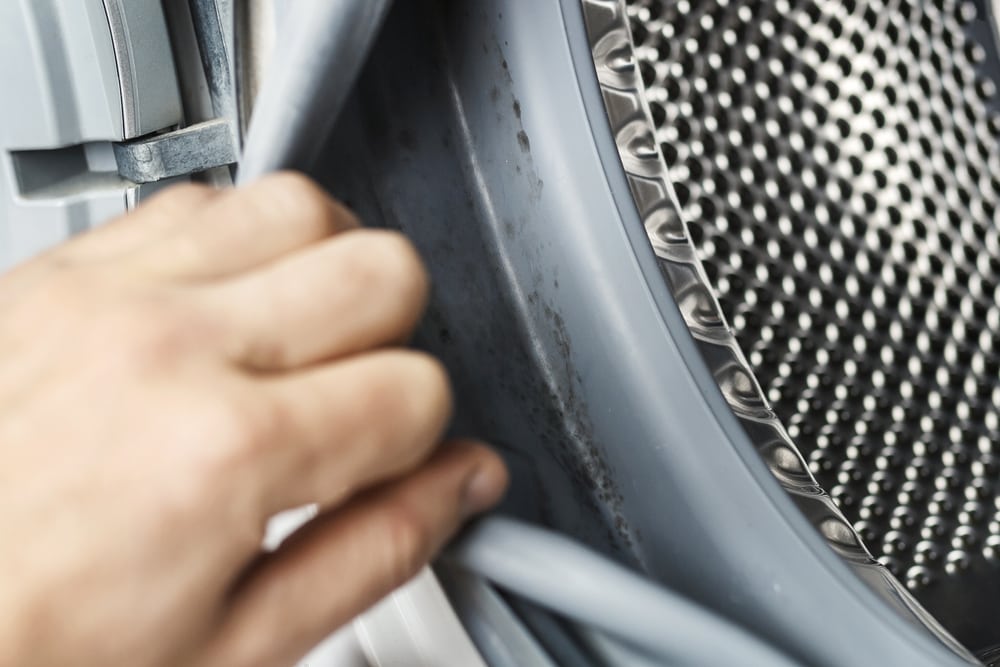Introduction: The Drip That Signals Disaster
It starts with a drip. Then a dark stain. Before you know it, your ceiling is sagging, your attic smells musty, and your peace of mind has vanished.
A ceiling leak isn’t just annoying—it’s a red flag. One that usually points to hidden roof damage and water infiltration you can’t afford to ignore.
But what exactly causes ceiling leaks? And more importantly, how do you stop them before they destroy your home?
In this comprehensive guide, we’ll uncover the causes, signs, consequences, and proven prevention tips—along with an event that reveals the real pain behind ceiling leaks and how to take smart action.
The Tale of The Thompsons’ Attic Surprise

Meet the Thompsons, a young couple who just moved into a charming 1970s craftsman home in Greenfield, Indiana. They were thrilled about the vintage hardwood floors and cozy fireplace—but they didn’t inspect the attic.
Three months into living there, Mrs. Thompson noticed a faint brown circle growing on the ceiling above the hallway. “It’s just a water stain,” she told her husband. “It hasn’t even dripped.”
A week later, the circle spread, and then came the drip-drip-drip. Eventually, a wet patch of drywall caved in, soaking their hallway floor and baseboards.
A roofer discovered cracked flashing and missing shingles from a storm two months ago. Worse yet, mold had started to grow behind the walls, causing an expensive and invasive remediation process.

The Thompsons learned the hard way that small leaks can lead to big damage—but you don’t have to.
Need Professional Help for Water Damage Restoration from Ceiling Leak?
If you’re in Greenfield or the greater Indianapolis area, our certified roof restoration and water damage response team is ready 24/7. Call puroclean disaster restoration now on: (+1) 317-467-4436 to stop leaks in their tracks before they become disasters.
Why Is My Ceiling Leaking? 7 Common Causes
Understanding the root of the problem is the first step. Ceiling leaks aren’t always just about the roof.
1. Roof Damage
Cracked, missing, or lifted shingles can let water seep in during rainstorms.
2. Flashing Failure
Flashing seals roof joints and chimneys. When it corrodes or cracks, water gets in.
3. Clogged Gutters
Overflowing gutters can push water under your roofline, where it sneaks into ceilings.
4. Poor Ventilation or Insulation
Condensation buildup in poorly insulated attics mimics leak damage over time.
5. HVAC or Plumbing Leaks
Sometimes the leak comes from inside, like a dripping AC unit in the attic or a burst pipe.
6. Ice Dams
In colder climates, ice dams can form at the edge of the roof, forcing melting snow under shingles.
7. Age of Roof
If your roof is 20+ years old, materials weaken and become vulnerable—even with no visible damage.
What Ceiling Leaks Really Mean (And Why You Should Act Fast)

A ceiling leak is never just a stain. It’s often a symptom of a larger issue—like a damaged roof, trapped moisture, or structural weakness.
Here’s what happens when you ignore it:
- Mold growth behind walls and insulation
- Sagging drywall and ceiling collapse risks
- Electrical hazards if water seeps into lighting fixtures
- Rotting wood in framing or roof joists
- Insurance issues if damage is deemed “negligent”
Translation: One drip could cost thousands if you delay action.
How to Prevent Ceiling Leaks from Roof Damage
1. Schedule Annual Roof Inspections
Hire a licensed roofing contractor to inspect shingles, flashing, and vents—especially after major storms.
2. Clean Gutters Regularly
Clogged gutters are the silent culprit behind roof leaks. Clean them in spring and fall to prevent overflow.
3. Inspect Your Attic
Check for signs of moisture, mildew, or wood rot every few months. Look for daylight peeking through the roof boards.
4. Seal Around Vents and Chimneys
Use waterproof flashing and roof sealant around all penetrations in the roof structure.
5. Invest in Proper Insulation and Ventilation
This prevents condensation buildup—especially important in cold climates with ice dams.
6. Replace Aging Roofs Proactively
Don’t wait for leaks. If your roof is nearing the end of its lifespan (20–30 years), replace it before problems start.
7. Respond Quickly to Any Stain or Drip
One small stain could lead to black mold, structural damage, or drywall collapse. Investigate immediately.
How to Fix a Leaky Ceiling (Short-Term and Long-Term Solutions)
Temporary Fixes:
- Place a bucket under the drip
- Poke a small hole in the ceiling to drain pooled water (prevents collapse)
- Tarp the roof if safe, or call a pro immediately
Long-Term Solutions:
- Hire a licensed roofer to inspect and repair the source of the leak
- Replace damaged insulation, drywall, and ceiling materials
- Run dehumidifiers to reduce lingering moisture
- Consider a mold inspection if the leak persisted for days or weeks
Homeowner Lesson: Be Proactive, Not Reactive
The Thompsons could have saved thousands with a quick attic inspection and minor shingle replacement. Instead, their repair bill included:
- Roof patching
- Mold remediation
- New insulation
- Drywall replacement
- Painting and trim repair
Lesson: The leak isn’t your problem—the delay is.
Common Attic and Ceiling Leak Problems FAQs

Q1: What does it mean if water is leaking from my ceiling?
If water is leaking from your ceiling, it typically means there’s a roof issue—like damaged shingles, cracked flashing, or clogged gutters. It can also be due to attic plumbing leaks, AC units, or even condensation in poorly ventilated spaces.
Answer: “Water leaking from the ceiling usually points to roof damage or attic moisture. It needs immediate inspection.”
Q2: How serious is a ceiling leak?
Very serious. A ceiling leak can cause mold growth, damage to drywall and insulation, and even structural issues. If ignored, the leak can worsen and lead to expensive repairs.
Answer: “A ceiling leak is serious and can lead to mold or collapse. It should be fixed immediately.”
Q3: How can I tell if the leak is from the roof or plumbing?
If the leak only appears during rain, it’s likely from the roof. If it’s constant, even on dry days, it could be a plumbing issue. A professional inspection can confirm the source.
Answer: “If the leak happens when it rains, it’s probably the roof. If not, check plumbing.”
Q4: What should I do first if my ceiling starts leaking?
First, move valuables out of the way. Place a bucket to catch water. Then safely inspect the attic or roof, or call a professional. Don’t poke the ceiling unless water is pooling—then make a small drainage hole to relieve pressure.
Answer: “Move things out, catch the drip, and call a roofer or inspector fast.”
Q5: How can I prevent ceiling leaks in the future?
Maintain your roof with yearly inspections, clean your gutters, ensure attic ventilation, and replace aging roofs before failure. Stay alert to signs like stains or odors.
Answer: “Prevent leaks with roof inspections, clean gutters, and check the attic regularly.”
Q6: Can a ceiling leak cause mold?
Yes. Leaks create moist environments behind walls and insulation—perfect for mold to grow. If left untreated for more than 48 hours, mold is very likely.
Answer: “Yes, mold can start within 1–2 days of a ceiling leak.”
Q7: Will home insurance cover roof leaks?
It depends on the cause. Sudden damage from storms is usually covered, but leaks from neglect or poor maintenance often aren’t. Check your policy.
Answer: “Insurance may cover roof leaks from storms—but not from neglect.”
Conclusion: Small Drips Lead to Big Damage—Act Now
Ceiling leaks don’t wait for your convenience. They appear silently and escalate quickly—through drywall, insulation, electrical systems, and even your health.
If you see a stain or hear a drip, don’t ignore it. Inspect. Protect. Repair.
And most importantly, prevent it with routine roof care.
Because when it comes to roof leaks, proactive is always cheaper than reactive.
Need Professional Help?
If you’re in Greenfield or the greater Indianapolis area, our certified roof restoration and water damage response team is ready 24/7.
Call us now to stop leaks in their tracks before they become disasters. PuroClean Disaster Restoration has over 19 years of experience in the water damage restoration industry, with over 100 5 Star reviews on Google serving Indianapolis. Click on this link to see it’s online reviews and ratings.


 PuroClean Disaster Restoration
PuroClean Disaster Restoration